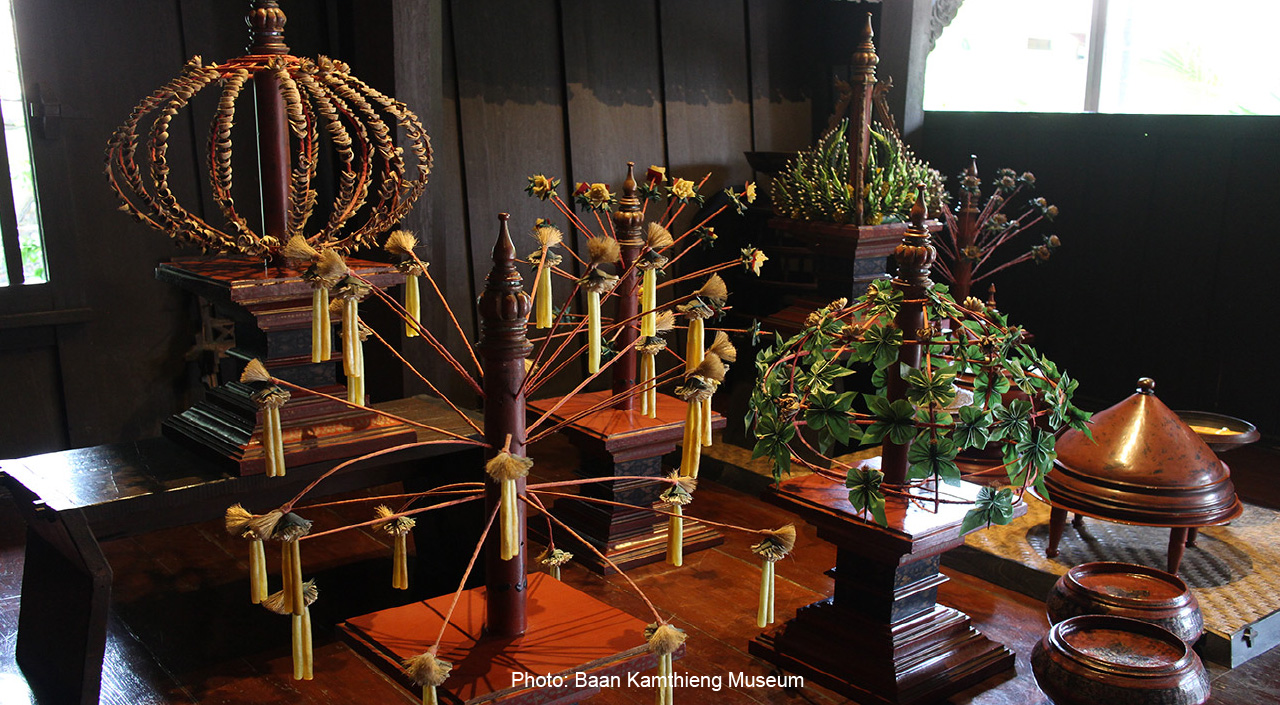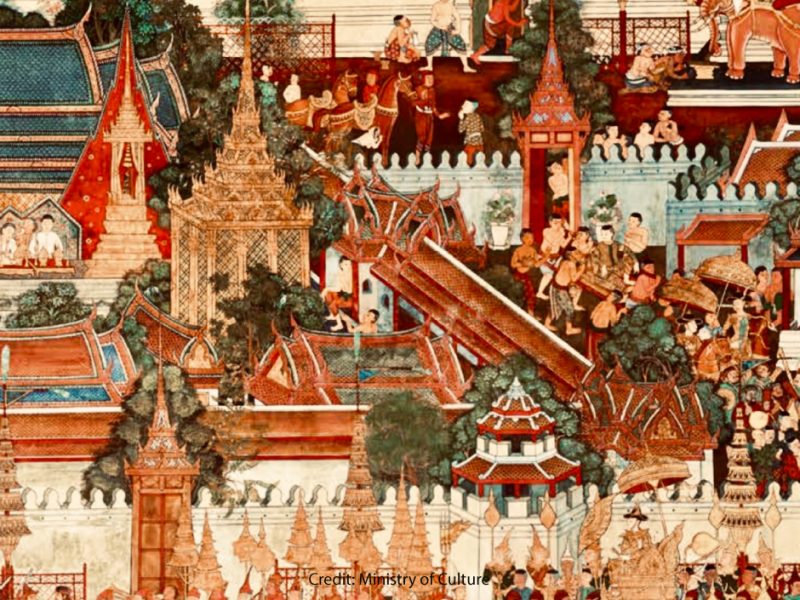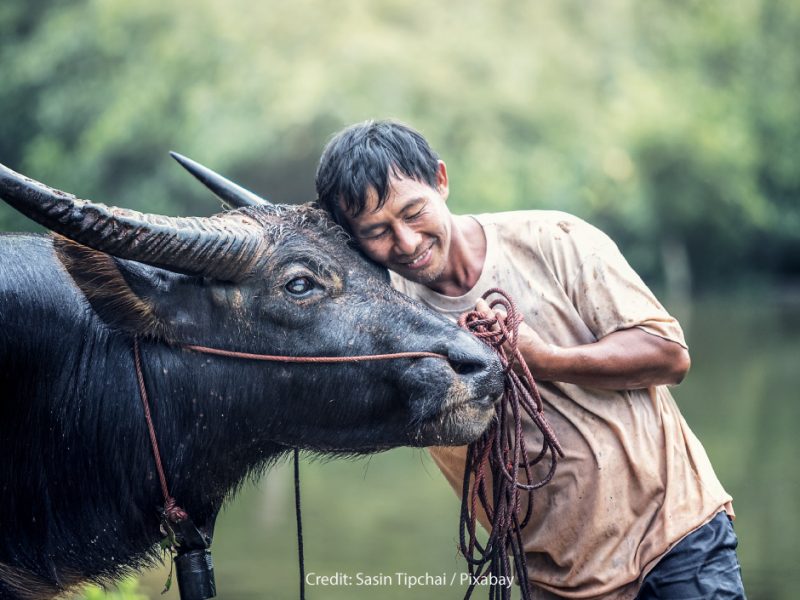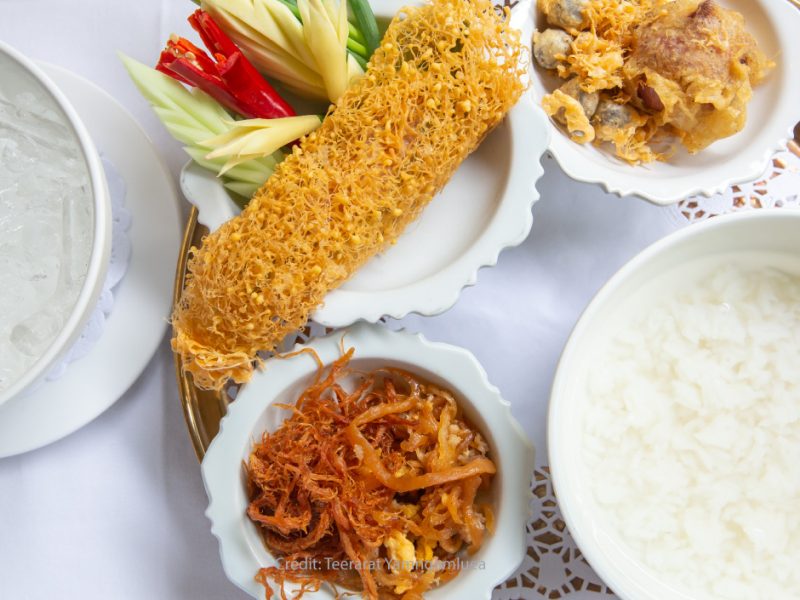Latching onto Lanna Life
I love vintage style to the core. Anything ancient and old always captures my attention. My friends sometimes wonder how I can survive in Bangkok, a metropolitan city full of skyscrapers, big-screened TVs and modernized architectures.
Amid those high-rise buildings and city lights, I’ve still managed to find a place where I can just indulge in the city’s old-world charm. Located in Asok, one of Bangkok’s busiest areas, Baan Kamthieng, or the Kamthieng House Museum, is a teakwood house designed in authentic northern “Lanna” style. Maybe I was drawn to this place because I’m originally from Chiang Mai. But most visitors can also easily feel the cultural elements of northern Thai life when visiting this museum.
The house was originally built in 1848 on the banks of the Ping River in Chiang Mai by the great granddaughter of Prince Mueang Chae, ruler of the ancient Lanna Kingdom. The structure was later dismantled and relocated to its current location in 1963.
The house was then inaugurated as an ethnological Lanna Thai museum by His Majesty King Bhumibol Adulyadej on November 21, 1966. Ever since, Baan Kamthieng has hosted exhibitions of arts and crafts that celebrate the Lanna kingdom’s rich cultural heritage.
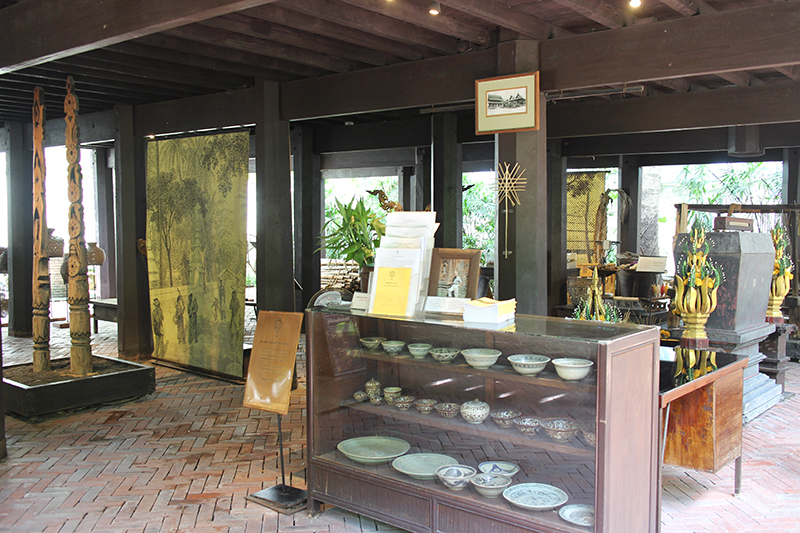
Baan Kamthieng Museum | Credit: Baan Kamthieng Museum
Lanna-style Structural Benefits
Baan Kamthieng is the finest example of a typical Lanna-style house or “Reun Ka Lae”, as it’s known in Thai. The structure is elevated from the ground on teak columns to provide a measure of protection from flooding during the rainy season. The design also allows for a better circulation of air, thus keeping the house cool in summer. The open space under the house is ideal for arts and crafts activities in the shade.
Using the A-frame principle, the house features sloping walls that provide extra support to the entire structure to ensure that it can withstand just about every weather condition from heavy rain to strong winds in a lightweight, economical manner. This A-frame structure is a unique design that can only be found in the Reun Ka Lae, and not in any other ancient Thai-style house.
The building consists of two separate rectangular rooms connected by a raised undercover veranda called “cheon”, which provides an outdoor living area usually reserved for relaxing, socializing, and entertaining guests, or just for enjoying a family dinner under the stars. Now the cheon is used as the reception area for visitors.
The original house was built using well-selected teakwood which is among the most expensive hardwoods in Thailand, yet the benefits of its durability and beauty are worth the expense. Teakwood is also waterproof, so when it comes to the flooding season, teakwood can last longer than other types of wood.
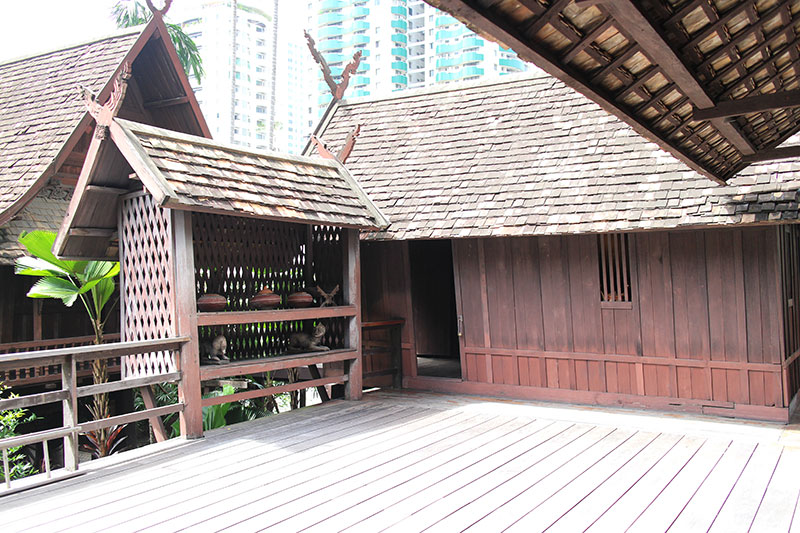
The V-shaped Ka Lae extensions adorn the gabled roofs | Credit: Baan Kamthieng Museum
Ka Lae
One of the most peculiar features of a Lanna house is the “Ka Lae”. This V-shaped extension can be spotted on the top of the gabled roof. Ka Lae is usually made from wood and delicately carved into Thai-style patterns. There are many theories explaining the real purpose of this decorative extension.
Some believe that the Kae Lae was added to scare away the crows which were believed to bring bad luck. Others theorize that when Chiang Mai and Lanna came under Burmese rule, the Burmese forced the people of Lanna to display the Kae Lae to distinguish the homes belonging to the Thais from those of the Burmese. Baan Kamthieng’s Ka Lae features hand-carved minimal designs with curved tips and perforated patterns that are visible from afar.
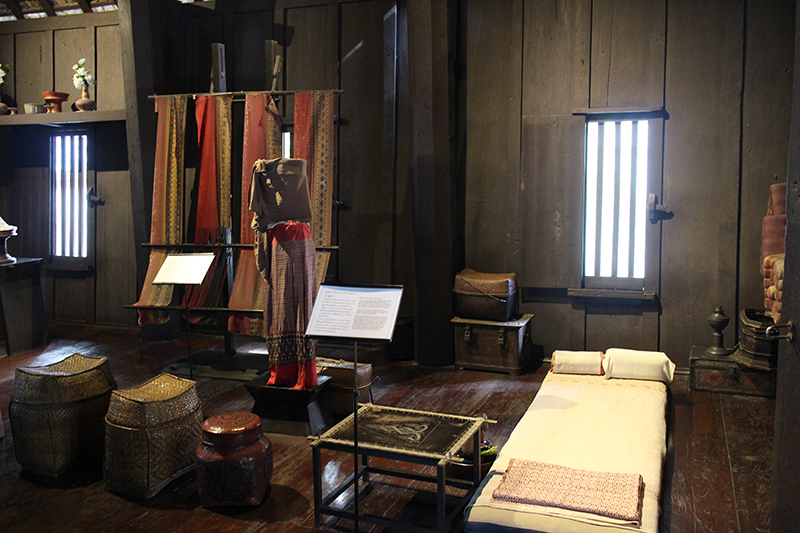
Handcrafted artifacts and exhibits display the Lanna way of life | Credit: Baan Kamthieng Museum
Home Sweet Home
When visiting Baan Kamthieng, I always feel like coming back home because of the little things they do to reflect what a real Lanna home should look like or have, such as an earthen water jar placed in front of the house for travelers or visitors to quench their thirsts before continuing on their trip or entering the house.
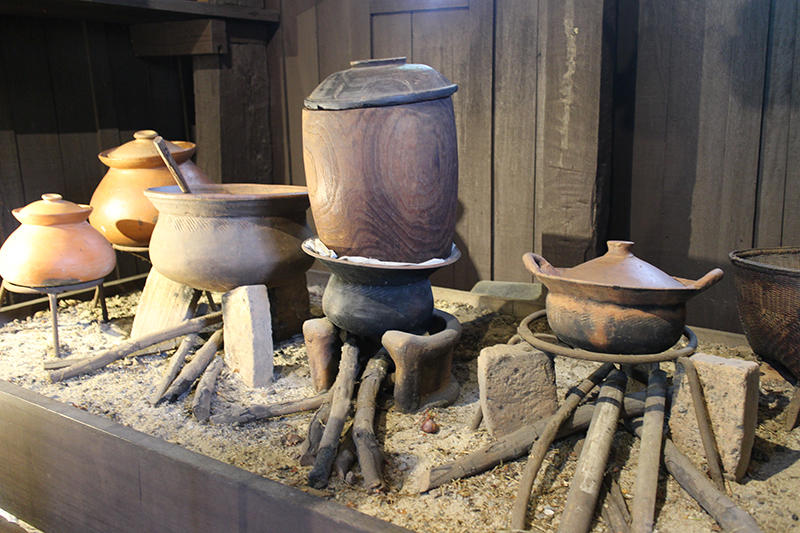
Earthenware utensils predominate in a typical Lanna kitchen | Credit: Baan Kamthieng Museum
This reflects the traditional Thai way of life: Thais welcome their guests with drinking water after a hot and humid journey. In the interior, ancient household items such as clay pots and ancient kitchenware are on display. My favorite spot, however, is a corner on the ground level where there is a featured 3D animation short film introducing the house, its history and artifacts.
Baan Kamthieng is the perfect place for those who want to visit a nice historic museum located in a serene area right smack in the city center, and on top of that, there is a nice coffee shop in front of the museum, too.
Baan Kamthieng Museum
30 Asok Montri Road
Opening hours: Tues – Sat, 9 a.m. – 5 p.m.




